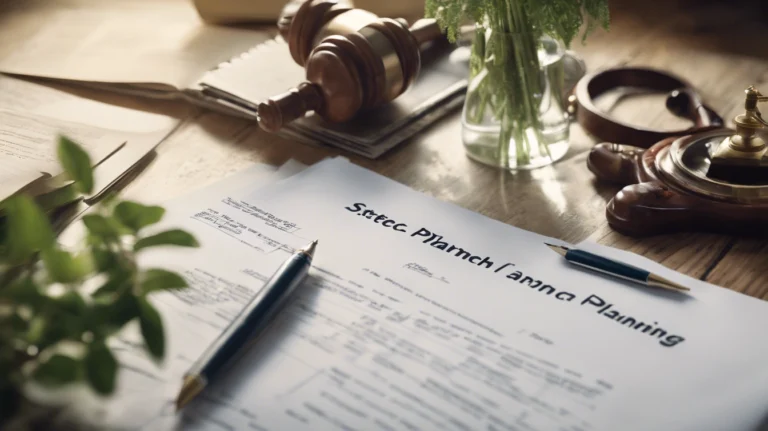
Estate Planning
Estate planning tools – the end of the “Stretch” IRA?
The Stretch IRA: A Simple Yet Powerful Estate Planning Tool Estate planning is a critical process that allows individuals to protect their assets and ensure
Home » Estate planning tools

The Stretch IRA: A Simple Yet Powerful Estate Planning Tool Estate planning is a critical process that allows individuals to protect their assets and ensure